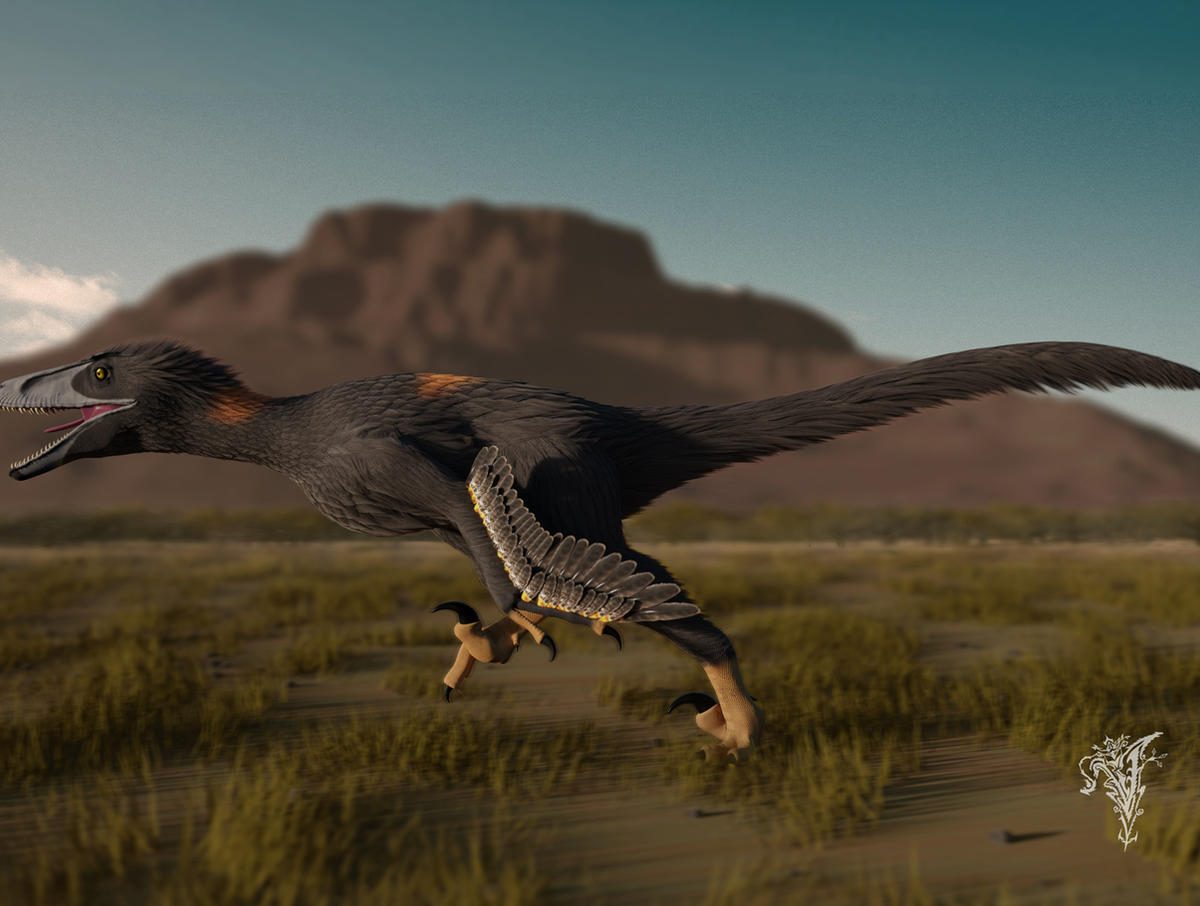Scientists have discovered a new species of dinosaur in Mongolia that sheds light on the sleeping habits of non-avian dinosaurs. The dinosaur, named Jaculinykus yaruui, belongs to a group called Alvarezsauria, which are early-branching theropods that lived during the Late Jurassic to the latest Cretaceous period. While there have been recent increases in the number of fossils found from this group, complete specimens are still rare, making it difficult to understand their anatomy, ecology, and evolution.
However, the discovery of Jaculinykus yaruui has provided scientists with a nearly complete and articulated skeleton, allowing them to study the dinosaur in more detail. The dinosaur’s well-preserved manus, or hand, has only two fingers, with a hypertrophied digit I and a greatly reduced digit II. This suggests an intermediate condition between the tridactyl manus of Shuvuuia and the monodactyl manus of Linhenykus, highlighting a previously unrecognized variation in specialization of alvarezsaurid manus.
But perhaps the most exciting discovery is the posture of the specimen, which exhibits a stereotypical avian-like sleeping position seen in the troodontids Mei and Sinornithoides. This suggests that stereotypically avian sleeping postures are a maniraptoran synapomorphy, or shared characteristic, providing more evidence of bird-like traits being distributed broadly among avian ancestors.
The discovery of Jaculinykus yaruui is significant because it provides new insights into the behavior and evolution of non-avian dinosaurs. It also highlights the importance of finding complete specimens, which can provide scientists with a wealth of information about these ancient creatures.










